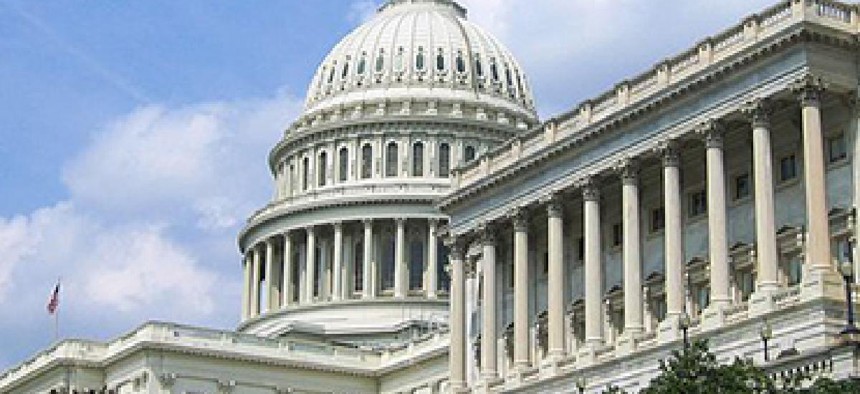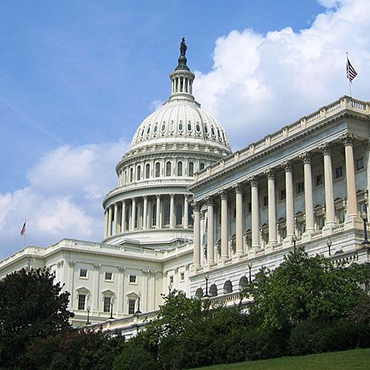IT reform bill introduced in Senate

A bipartisan pair of appropriators wants to proceed with at least part of FITARA as stand-alone legislation.

A new attempt to beef up the authorities of federal CIOs and change the way commodity IT is procured was unveiled Dec. 17 by two members of the Appropriations Committee, one from each party.
The measure, backed by Sens. Tom Udall (D-N.M.) and Jerry Moran (R-Kan.), is essentially the same as Title I of the Federal IT Acquisition Reform Act (FITARA), which passed the House as an amendment to the annual defense spending bill but was excluded from the final version of the legislation.
The Federal Information Technology Savings, Accountability, and Transparency Act would put a CIO atop the IT authority structure at each agency, and make that post a presidential appointment reporting to agency heads.
Agency CIOs would have department-wide budget authority over the acquisition of off-the-shelf technology and hiring authority over IT personnel. The bill also would require agencies to disclose cost and performance information for at least 80 percent of their IT portfolio, although there are exceptions allowed for national security.
“The systemically flawed rollout of HealthCare.gov is one high-profile example of IT procurement failures, but [many other] projects incur cost overruns, project delays and are abandoned altogether. These examples of waste come at a cost of billions of dollars to American taxpayers,” Moran said in a statement. “Our bill will help the federal government transition into the 21st century in a fiscally responsible fashion by optimizing its use of IT.”
Udall and Moran had hoped to tack their language onto the defense authorization bill, but the chairs of the Armed Services Committees in the House and the Senate opted to proceed with a bill with few amendments and FITARA was excluded, along with a proposal from Sen. Jeanne Shaheen (D-N.H.) to add language mandating data center consolidation.
Industry is looking for changes to IT acquisition policy, and was involved in refining FITARA before it passed the House. Both FITARA and the new Senate bill address some key issues of concern, but none of the legislation proposed so far takes a comprehensive look at the structural problems identified by vendors, such as the difficulty in aligning annual appropriations cycles with product lifecycles, and obstacles to acquiring enterprise-wide tools inside and across departments. None of the proposals has generated unqualified enthusiasm among industry.
“We appreciate and encourage the interest and commitment of Senators Tom Udall and Jerry Moran to identify holistic approaches to improving the way the federal government acquires information technologies. If the federal government continues to rely on the private sector for innovative technologies to carry out key missions and services, holistic improvements to the federal acquisition system are essential,” Trey Hodgkins, senior vice president of public sector at the IT Alliance for Public Sector told FCW in an emailed statement.
The elimination of FITARA from the defense bill has opened the door to more IT reform legislation.
The problematic launch of HealthCare.gov put federal IT on the front burner for many lawmakers. House FITARA backers Darrell Issa (R-Calif.) and Rep. Gerry Connolly (D-Va.) plan to proceed with the bill as a stand-alone measure, and it’s likely other efforts will emerge in the Senate, including a revival of Shaheen’s data center consolidation measure.
NEXT STORY: GSA making data more readily available






